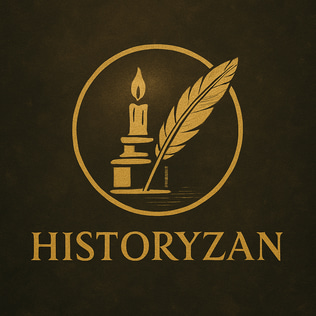"From History to Lines, From Journeys to Stories"

FOR KİDS
informative history and science content for children
Ancient Toys and Games: Fun Through the Time Tunnel!
One might wonder what children who lived thousands of years ago played with. Like today’s kids, they too had toys and games — and some of them were surprisingly similar! Games were not only a source of fun, but also vital tools for learning, growing, and preparing for future roles. Play is a universal human activity that transcends time and cultures.
In Ancient Egypt, children had pull-along toy horses, in Ancient Greece there were yo-yos, and in Ancient Rome spinning tops and balls were common toys. These examples clearly show that the role of play in human development has remained fundamental for thousands of years. Despite vast cultural, technological, and societal differences, children have consistently found joy and learning in similar objects and activities. This demonstrates that childhood is a universal aspect of human life and a cornerstone of development.
The World of Fun in Ancient Egypt
Children in Ancient Egypt played with many toys that would look familiar to kids today. These included wheeled pull toys like horses, wooden dolls, spinning tops, and balls made from plant fibers or scraps of cloth.
The most beloved toys were often animal figures. Boys had soldiers and athlete figures made of clay, wood, or fabric, often holding miniature weapons. Girls played with dolls made of linen, stuffed with papyrus or horsehair, painted faces, and removable clothing.
Both children and adults in Egypt loved board games like Senet and Mehen. These games were sometimes placed in tombs with the dead, who were believed to continue playing them in the afterlife.
Egyptian children spent much time outdoors and engaged in various sports. Boys raced, practiced stick fighting, wrestled, boxed, and played team sports like hockey, handball, and tug-of-war. Girls juggled, did gymnastics, danced, and played musical instruments. Both boys and girls learned to swim at an early age, even mastering techniques like the breaststroke and freestyle.
Often, play in Ancient Egypt had deep spiritual meaning. Many "toys" were not merely for fun — they played roles in religious rituals, offerings, or preparations for the afterlife. For example, “paddle dolls” once thought to be children’s toys were later found to be associated with the goddess Hathor and served symbolic sexual purposes in the afterlife. Similarly, small wooden models known as Ushabti, originally believed to be toy houses or dolls, were actually essential servants and protectors of the dead.
Board games like Mehen may have represented ritual reenactments, such as the defeat of the serpent god Apophis. Sports and athletics were also part of religious ceremonies and festivals, sometimes depicting symbolic battles between order and chaos. This shows how deeply play, daily life, and belief systems were intertwined. Play was not a separate category, but a powerful tool for expressing faith, performing rituals, and preparing for the next life.
Playtime in Mesopotamia
People in ancient Mesopotamia also loved toys and games. They had spinning tops, rattles, jump ropes (sometimes called the "Ishtar game"), disks, and sticks, as well as hoops. Children loved playing pretend games like “house” or role-playing adults, using dolls, toy animals, and miniature furniture such as beds, tables, and stools.
They also had toy bows, arrows, slings, and boomerangs — miniature versions of adult weapons. Toy wagons, chariots, and boats were found, though some may have been used in magical or ritual ceremonies, not just as playthings.
Mesopotamians invented many ball games, including throwing, chasing, and rolling games. They had a special game called the “buzzing button,” and board games were very popular. Games like the "Game of Twenty Squares" and Senet (borrowed from Egypt) were widely played, and dice were used. Some historians believe the game of checkers may have originated with the Sumerians. The "Royal Game of Ur" is another well-known board game from Mesopotamia.
Fun and Learning in Ancient Greece
Children in Ancient Greece had toys familiar to today’s kids. They played with yo-yos, rattles, and small clay animal figures. There were also four-wheeled pull toys shaped like horses, dolls made of cloth and clay, and miniature action figures.
The Greeks loved games that involved skill, competition, and intelligence. They played a game similar to basketball, and a kickball game that resembled baseball. There were games where players threw sticks into buckets, played marbles, or used knucklebones (a game similar to jacks).
Strategy, strength, and endurance were valued in war games. Children were encouraged to play games that developed their aim, reflexes, and physical power — important skills in a society frequently at war. This competitive spirit and pursuit of physical excellence led to the creation of the Olympic Games.
In ancient civilizations, play was not seen as meaningless fun. It was an essential part of a child’s education and preparation for adult life. Toys and games often mimicked adult activities, helping children learn essential skills and societal roles. For example, Plato believed that children's games should serve societal purposes — that children should build toy houses to become good builders or farm with miniature tools to become skilled farmers. In Egypt, boys practiced with slings and spears, while in Rome, girls played with dolls that promoted ideals of motherhood and fertility. These examples show that ancient societies recognized the developmental power of play long before modern psychology did. They actively used play as a pedagogical tool to sustain cultural values, military strength, and social stability.
Games and Toys in Ancient Rome
In Ancient Rome, rattles were common for babies and made from wood, bronze, or clay. Some even had names inscribed on them in case of a lost child. For toddlers learning to walk, push and pull wooden carts were used.
Older boys played with spinning tops, hoops (sometimes with bells), hobby horses, and toy chariots — some even raced them with mice! Wooden swords, kites, clay or plaster animal figures, seesaws, and swings were also popular.
Dolls were especially popular for girls. These were made of bone, clay, cloth, wood, or ivory, and some had movable arms and legs. Roman dolls often resembled empresses or prominent women of the time, reflecting ideals of beauty and motherhood. Girls would dedicate their dolls to household gods or to Venus when they reached adulthood or got married.
Roman children also played familiar games like hide-and-seek and tag. Marbles and yo-yos were common too. Dice games were popular — while adults often gambled, fathers would teach their sons games like Tabula, an early version of backgammon. Children also played games with nuts that involved gambling-like elements. The expression "to leave behind one’s nuts" meant to leave childhood behind.
A strategy board game called Ludus Latrunculorum ("Game of the Robbers") was also played, especially among soldiers. Children engaged in role-playing games, pretending to be senators, judges, or reenacting historical battles. Swimming was very popular among boys and was part of their education.
Although gambling was often frowned upon for adults and regulated by law, games of chance like dice or nut throwing were widely accepted for children. This suggests that some forms of “betting” were seen as part of natural childhood fun and learning — possibly even preparing them for the realities of adult society. These blurry lines between playful innocence and adult habits provide insights into the complex moral and social dynamics of Roman society.
What Were Toys Made Of?
Ancient children’s toys were made from materials readily available in their surroundings. The earliest toys were made from stones, sticks, and clay.
Balls were made from leather, linen, palm leaves, rope, or papyrus, and stuffed with straw, horsehair, or small stones. Dolls were crafted from clay, wood, bone, ivory, leather, plants, or beeswax. Animal toys were usually made from clay, wood, bone, teeth, or horns.
Wealthier families had access to more refined materials — for example, wheeled animal toys made of bronze, brass, or ivory. In Rome, hoops were made from bronze, iron, or copper, and marbles from clay, glass, faience, or semi-precious stones.
Ancient toys demonstrate remarkable creativity. While wealthy children had lavish toys, most kids played with simple items made from natural materials like clay, wood, stones, and plant fibers. This reflects not only the ingenuity of ancient people but also the universal accessibility of play. The human capacity to use available resources for learning and joy is truly timeless.
Sound-producing toys were also popular. Rattles were made from clay, wood, bronze, or dried seed pods. Mesopotamian children made buzzing sounds by spinning clay disks on strings — similar toys are known worldwide as "bullroarers."
Conclusion: The Power of Play from Past to Present
Children in ancient times, just like today, loved to play and have fun. Their toys and games were an essential part of daily life and helped prepare them for the future. Play acts as a universal language across time and cultures, connecting us with the children of the past. The power of play brings children together, fostering growth, learning, and joy — in every era and every corner of the world.
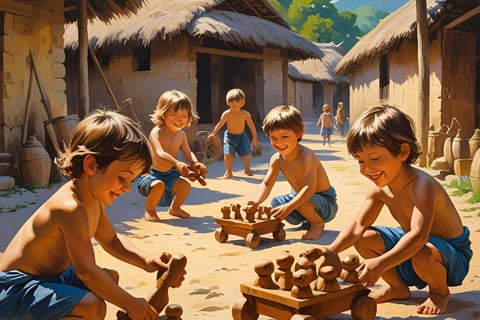

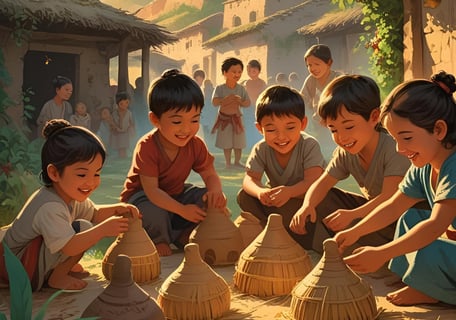

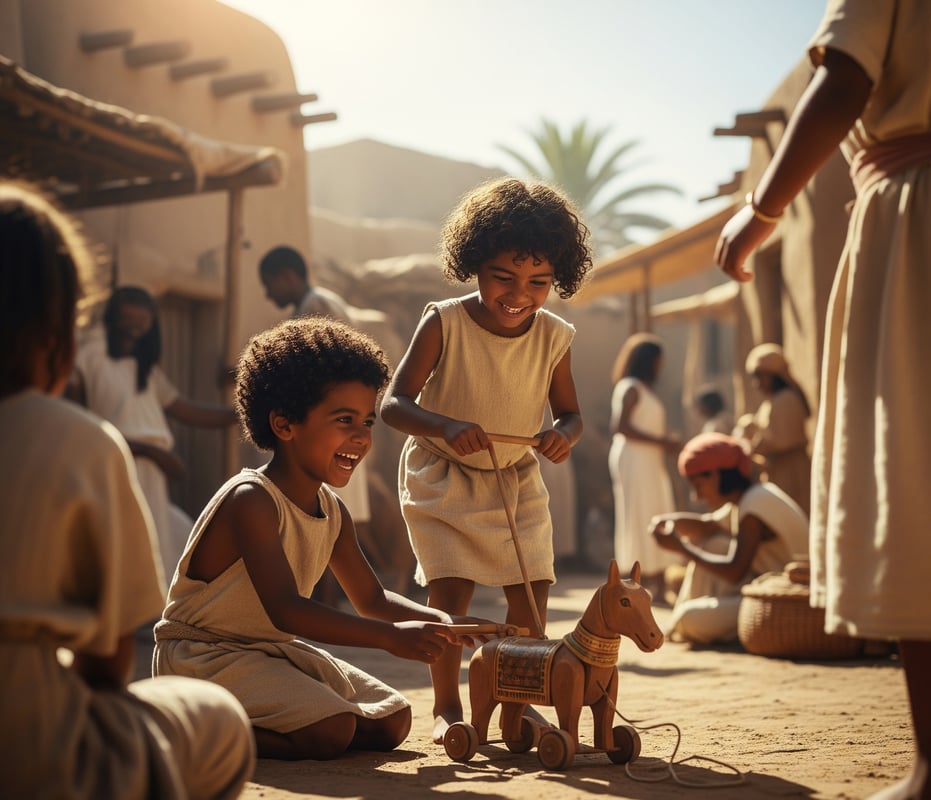

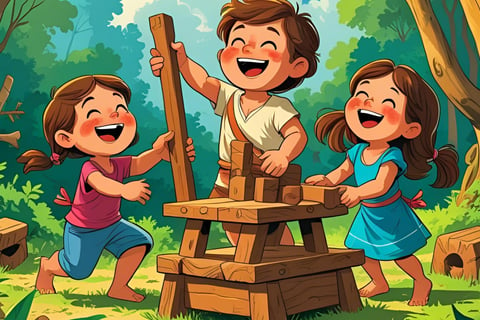

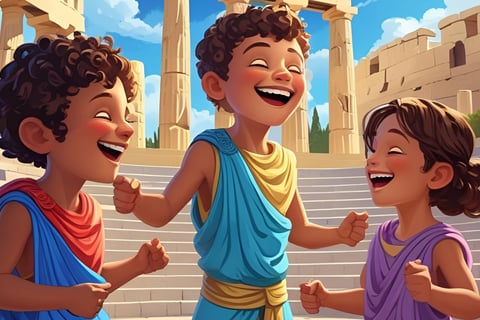

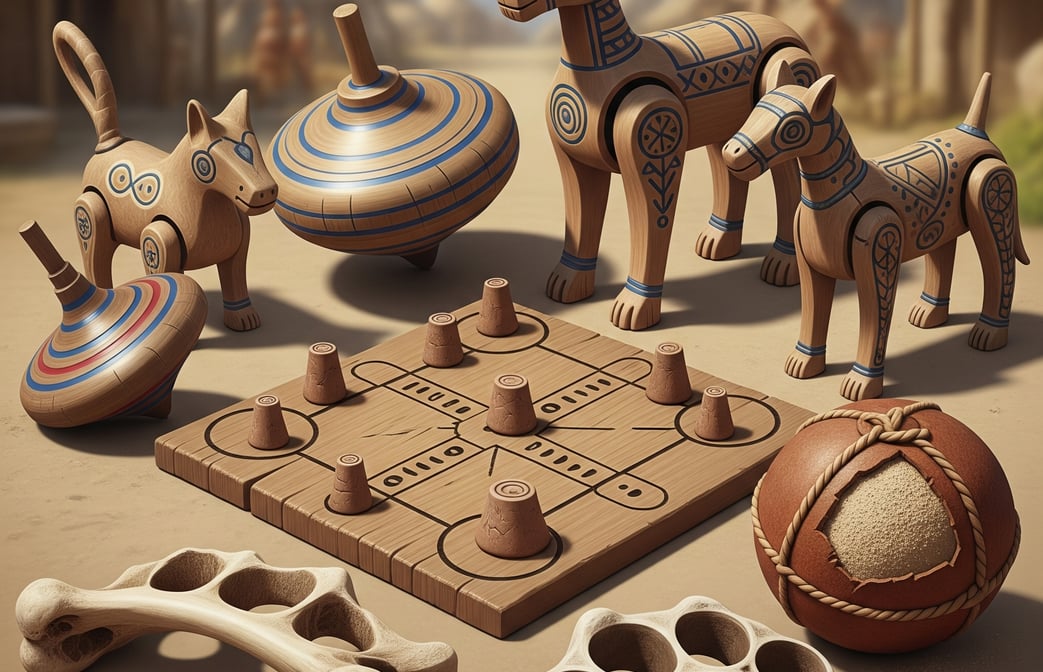

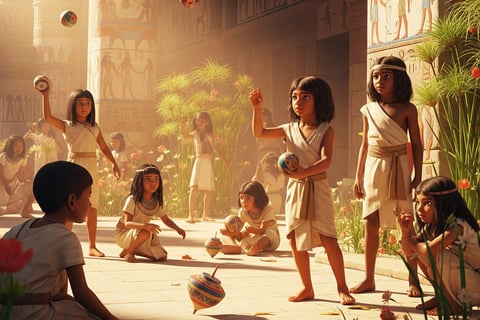

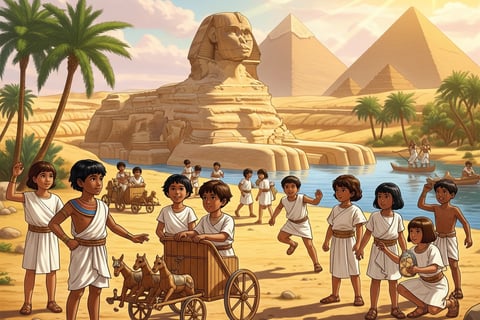

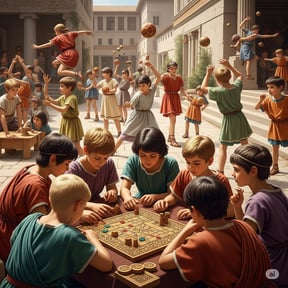
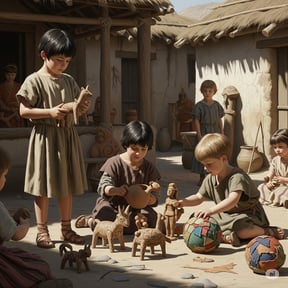
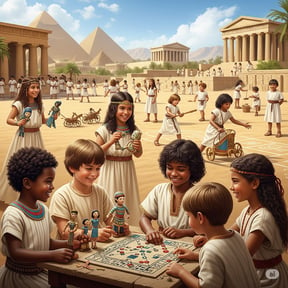
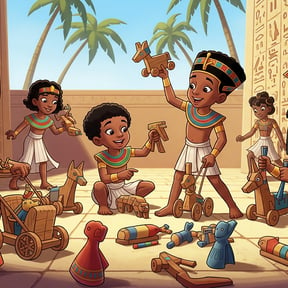
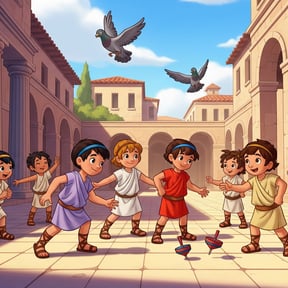
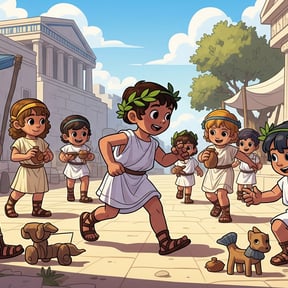
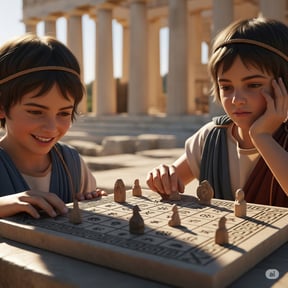
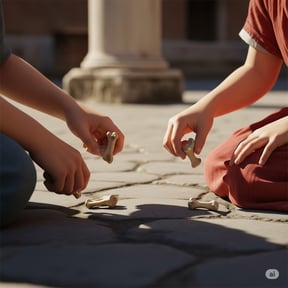
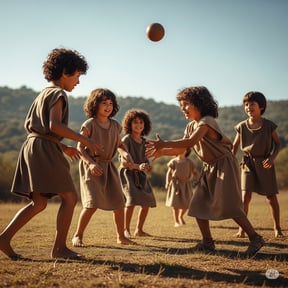
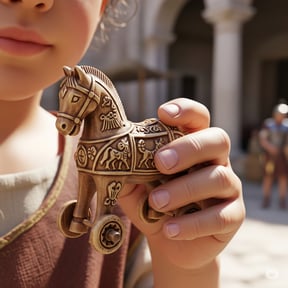
History
Interesting articles on history and science.
Content
© 2025. All rights reserved.
